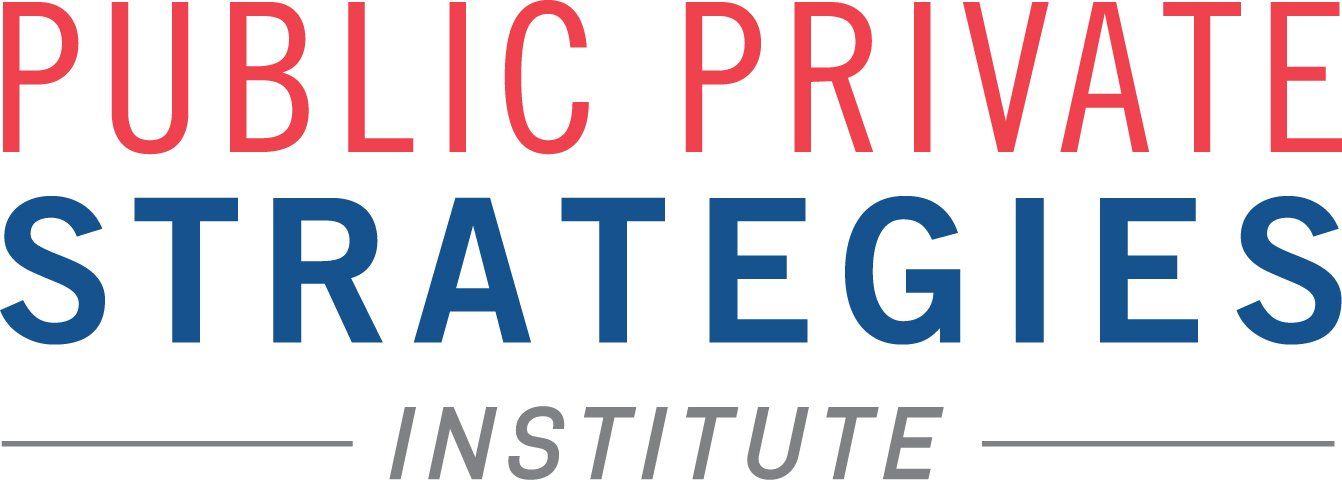
presents
THE FUTURE OF SKILLS:
Conversations and Insights on 21st Century Skills
Work is changing on a seismic scale and a huge portion of the workforce is going to need reskilling in the next 5-10 years, this is being driven by automation and digitization, we are entering a skills-based labor market which is a big shift, HR super central to this shift and will need to lead the way, the new way needs to be inclusive, outdated myths need to be retired, multigenerational workforce can be an asset.
Key Trends
Skills as the New Business Currency
Automation and digitization are causing huge shifts in the types of skills businesses need to compete and succeed. In addition, these two trends are causing an evolution of how we view “the job” as a unit of work. Evaluating what portions of an organization’s activities can be automated or digitized requires breaking down existing jobs into programmable tasks, which in turn focus our attention on skills at a more atomized level.
What this means for HR
Skills are the new business currency. The ability to understand which ones are needed and then hire for or retrain existing employees in those skills has to be central to how businesses think. The high cost of turnover and the speed with which skills needs are changing mean that reskilling the existing workforce will often be cheaper than continually hiring.
“Nearly 50% of employees who remain in their positions in the next five years will need reskilling.”
Deciphering Credentials as Proof of Skills
Skill landscapes are shifting fast, sometimes faster than educational systems can keep up. There is no one-size-fits-all approach to getting the workforce trained in the new skills and roles needed to propel businesses forward. Traditional education systems for the most part have provided discipline-based education, which took years to complete. New education models are emerging which provide skills-based training and take months (if not weeks) to complete.
The relevancy and efficacy of credentials has resulted in an explosion of offerings across thousands of vendors largely within a vacuum of standards or quality assurance. How do employers evaluate these credentials when they appear on a job candidate’s resume? Additionally, how can employers play a more hands-on role in shaping the curriculum that provides such credentials – either to reskill their existing workforce or develop a pipeline of talent?
What this means for HR
XXX
“XX.”
Migrating to the New Skills-Based Labor Market
There’s not only the shifting of skills that businesses have to navigate – which involves knowing which ones you need now and predicting the ones you will need in the future – but the transition to a skills-based labor market. This is a significant shift - away from a traditional experience or degree-based labor market toward one in which demonstrated skills are the basis of hiring decisions.
What This Means for HR
XXX
“XX.”

This page was proudly developed in collaboration with AARP by the Public Private Strategies Institute team. For more information or questions, please reach out to AARP@publicprivatestrategies.com.
Public Private Strategies Institute | All Rights Reserved |
Created by Olive + Ash.
Managed by Olive Street Design.
